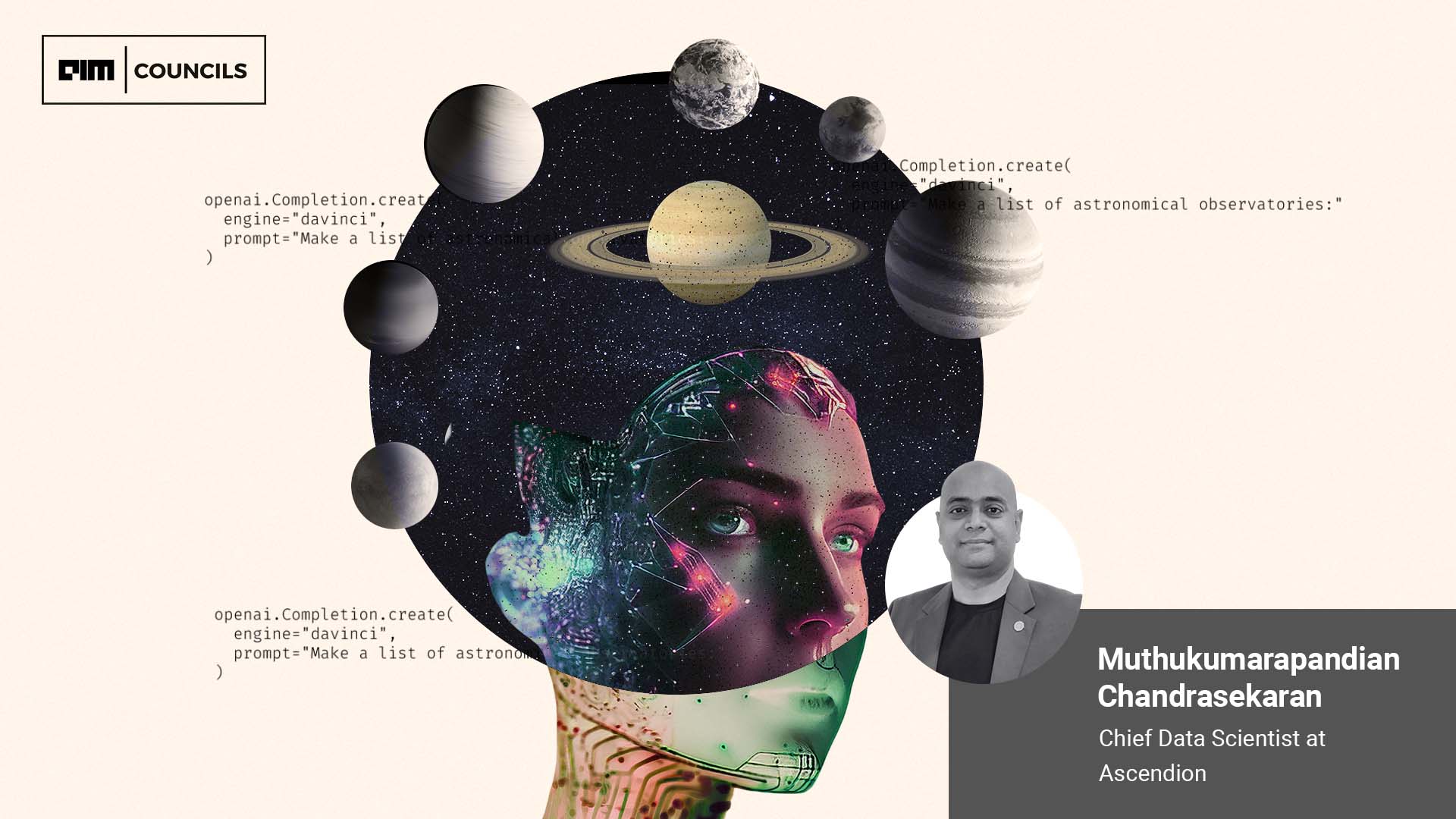How to Balance Data Governance with Data Democracy

Data democratization is important to an organization because it ensures an
effective and efficient method of providing all users, regardless of technical
expertise, the ability to analyze readily accessible and reliable data to
influence data-driven decisions and drive real-time insights. This eliminates
the frustration of requesting access, sorting information, or reaching out to
IT for help. ... The solution to this problem lies in data federation,
which makes data from multiple sources accessible under a uniform data model.
This model acts as a "single point of access" such that organizations create a
virtual database where data can be accessed where it already lives. This makes
it easier for organizations to query data from different sources in one
place. With a single point of access, users can go to one location for
searching, finding, and accessing every piece of data your organization has.
This will make it easier to democratize data access because you won’t need to
facilitate access across many different sources.
Will ChatGPT and Generative AI “Replace” Testing?

It stands to reason, then, that ChatGPT and generative AI will not "replace"
testing or remove the need to invest in QA. Instead, like test execution
automation before it, generative AI will provide a useful tool for moving
faster. Yet, there will always be a need for more work, and at least a constant
(if not greater) need for human input. Testers' time might be applied less to
repetitive tasks like scripting, but new processes will fill the void.
Meanwhile, the creativity and critical thinking offered by testers will not
diminish in value as these repetitive processes are automated; such creativity
should be given greater freedom. At the same time, your testers will have vital
insight into how generative AI should be used in your organization. Nothing is
adopted overnight, and identifying the optimal applications of tools like
ChatGPT will be an ongoing conversation, just as the testing community has
continually explored and improved practices for getting the most out of test
automation frameworks. Lastly, as the volume of possible test scenarios grows,
automation and AI will need a human steer in knowing where to target its
efforts, even as we can increasingly use data to target test generation.
How agtech is poised to transform India into a farming powerhouse
Collaboration will be crucial. While agtechs might facilitate better decision
making and replace manual farming practices like spraying, reducing dependence
on retailers and mandis, incumbents remain important in the new ecosystem for
R&D and the supply of chemicals and fertilizers. There are successful
platforms already emerging that offer farmers an umbrella of products and
services to address multiple, critical pain points. These one-stop shop
agri-ecosystems are also creating a physical backbone/supply chain—which makes
it easier for incumbents and start-ups to access the fragmented farmer base.
Agtechs have a unique opportunity to become ideal partners for companies seeking
market access. In this scenario, existing agriculture companies are creating
value for the farmer by having more efficient and cost-effective access to the
farmer versus traditional manpower-intensive setups. It’s a system that builds:
the more agtechs know the farmer, the better products they can develop. India’s
farms have been putting food on the table for India and the world for
decades.
How A Non Data Science Person Can Work Effectively With A Data Scientist

Effective communication is essential for a successful partnership. The data
scientist should communicate technical procedures and conclusions in a clear and
concise manner. In contrast, the non-data science person should communicate
business requirements and limitations. Both sides can collaborate successfully
by developing a clear understanding of the project objectives and the data
science methodologies. Setting expectations and establishing the project’s scope
from the beginning is equally critical. The non-data scientist should specify
what they expect from the data scientist, including the results they intend to
achieve and the project’s schedule. In return, they should describe their areas
of strength and the achievable goals that fall within the project’s parameters.
It is crucial to keep the lines of communication open and transparent throughout
the process. Regular meetings and status reports should be organized to keep
everyone informed of the project’s progress and to identify any potential
issues.
Why Metadata Is a Critical Asset for Storage and IT Managers
Advanced metadata is handled differently by file storage and object storage
environments. File storage organizes data in directory hierarchies, which
means you can’t easily add custom metadata attributes. ... Metadata is massive
because the volume and variety of unstructured data – files and objects – are
massive and difficult to wrangle. Data is spread across on-premises and edge
data centers and clouds and stored in potentially many different systems. To
leverage metadata, you first need a process and tools for managing data.
Managing metadata requires both strategy and automation; choosing the best
path forward can be difficult when business needs are constantly changing and
data types may also be morphing from the collection of new data types such as
IoT data, surveillance data, geospatial data, and instrument data. Managing
metadata as it grows can also be problematic. Can you have too much? One risk
is a decrease in file storage performance. Organizations must consider how to
mitigate this; one large enterprise we know switched from tagging metadata at
the file level to the directory level.
Understand the 3 major approaches to data migration

Application data migration—sometimes called logical data migration or
transaction-level migration—is a migration approach that utilizes the data
mobility capabilities built natively into the application workload itself. ...
Technique: Some applications offer proprietary data mobility features. These
capabilities usually facilitate or assist with configuring backups or
secondary storage. These applications then synchronously or asynchronously
ensure that the secondary storage is valid and, when necessary, can be used
without the primary copy. ... Block-level data migration is performed at the
storage volume level. Block-level migrations are not strictly concerned about
the actual data stored within the storage volume. Rather, they include file
system data of any kind, partitions of any kind, raw block storage, and data
from any applications. Technique: Block-level migration tools synchronize one
storage volume to another storage volume from the beginning of the volume
(byte 0) to the end of the entire volume (byte N) without processing any data
content.
Open Source MongoDB Alternative FerretDB Now Generally Available
FerretDB works as a proxy that translates MongoDB wire protocol queries to
SQL, with PostgreSQL as the database backend. Started as an open-source
alternative to MongoDB, FerretDB provides the same MongoDB APIs without
developers needing to learn a new language or command. Peter Farkas,
co-founder and CEO of FerretDB, explains: We are creating a new standard for
document databases with MongoDB compatibility. FerretDB is a drop-in
replacement for MongoDB, but it also aims to set a new standard that not only
brings easy-to-use document databases back to its open-source roots but also
enables different database engines to run document database workloads using a
standardized interface. While FerretDB is built on PostgreSQL, the database is
designed with a pluggable architecture to support other backends, with
projects for Tigris, SAP HANA, and SQLite currently in the working. Written in
Go, the project was originally started as the Server Side Public License
(SSPL) that MongoDB adopted in 2018 does not meet all criteria for open-source
software set by the Open Source Initiative.
Wardley Mapping and Strategy for Software Developers

This is a more engineering-focused way to look at a business and isn’t
dependent on stories, aphorisms or strange MBA terms. A few people have asked
me personally whether this method really works. But it isn’t a “method” as
such; just a way to agree on the environment that may otherwise be left
unchallenged. Jennifer Riggins has already covered the background to Wardley
mapping in detail, so I only need to summarize what we need to become aware
of. ... So how do you map your own projects? One good start is simply to get
your team together and see if they can map just the build process — with a
build as the final product (the cup of tea). For example; starting from an
agreed story, through to a change in the code in the repository, to a checkout
into a staging build, to deployment. See if everyone even agrees what this
looks like. The result should eventually be a common understanding. There are
plenty of introductions to mapping, but the important thing is to recognize
that you can represent a business in a fairly straightforward way.
The Leader's Role in Building Independent Thinkers: How to Equip Your Team for Success

Striving for perfection can often lead to "analysis paralysis," hindering
progress and preventing team members from taking action. To encourage
independent thinking, leaders must prioritize action over perfection. By
creating a culture of experimentation and iteration, employees learn from
their mistakes, build confidence, and become less afraid of failure. ...
Standing firmly behind your values and vision is a powerful way for leaders to
generate independent thinking in their teams. When team members see their
leader living by strong values and embodying a clear vision, they feel
empowered to follow their example. This approach cultivates an environment of
trust and confidence, enabling your employees to think critically and
independently. ... It is essential for leaders to avoid merely delegating
tasks and stepping back. Instead, actively participate in the work alongside
your team, providing guidance and offering support when needed. This approach
instills a sense of collaboration and helps your team feel part of something
bigger.
The Great Resignation takes a dark turn: Is it now the Great Layoff? Expert weighs in

The main challenges that Gen-Z employees face in the event of a layoff are a
lack of savings, a lack of job experience, and a lack of job security. Many
Generation Z workers are just starting out in their careers and haven't had
time to save. Many people may have little or no savings in case of a financial
emergency, such as job loss. Because Generation Z is so young, they have yet
to have the opportunity to gain the experience that their elders have. If they
are laid off, they are concerned that they will not have the necessary
experience to re-enter the workforce. Finally, even if Gen Z workers are
employed, they may believe their job is in jeopardy due to the pandemic's
impact on their industry. They may be concerned that their employer will lay
off employees or that their position will become obsolete as the company
adapts to the changing business environment. Because of these challenges and
ongoing economic uncertainty, Generation Z remains concerned about the
possibility of layoffs.
Quote for the day:
"Innovation distinguishes between a
leader and a follower." -- Steve Jobs
No comments:
Post a Comment